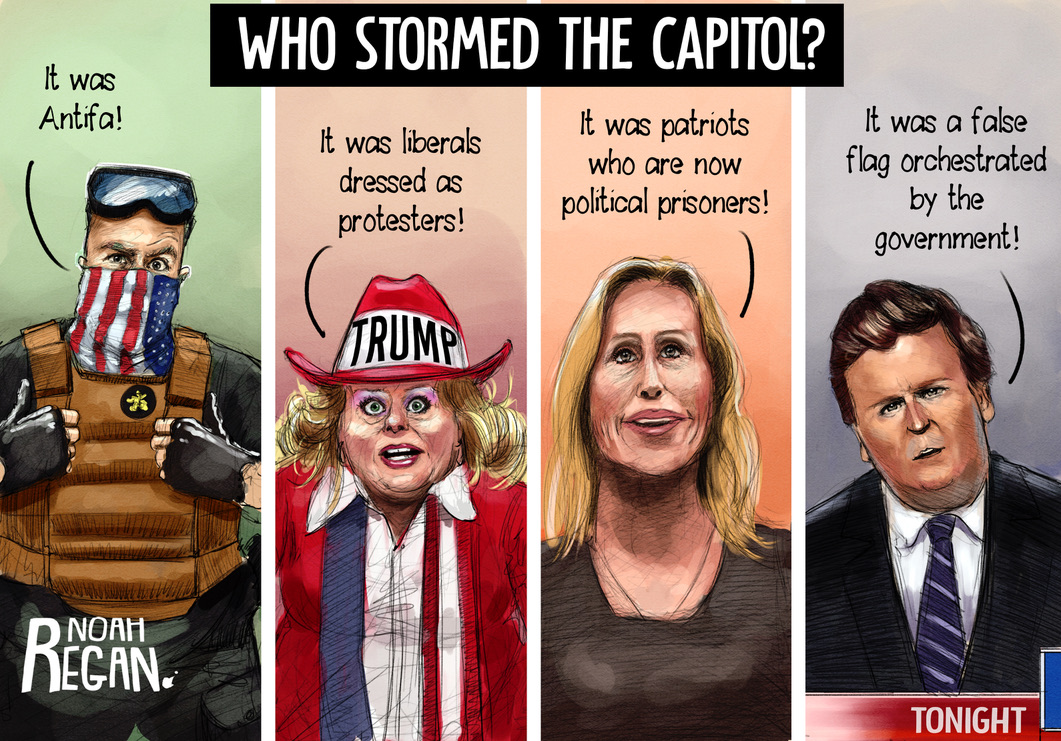Crypto currencies were supposed to be a store of value that would protect owners from traditional market risks as well as inflation. Based on block chain technology, they were intended to avoid the historical problems of fiat currencies backed by governments.
Both roles have now been shown to be faulty. Here are some recent assessments.
Bitcoin tumbled Wednesday to a new 18-month low, spurring a sharp fall in crypto markets sparked by crypto lender Celsius freezing customer withdrawals. The world’s largest cryptocurrency fell to under $21,000. Bitcoin has lost around 28% since Friday and around 70% from its all-time high in November. (Reuters) 6-15-22
Bill Gates is a crypto and NFT sceptic. His latest observation is that the whole enterprise is based on the greater fool theory:
On Tuesday, the billionaire Microsoft co-founder described the phenomenon as something that’s “100% based on greater fool theory,” referring to the idea that overvalued assets will go up in price when there are enough investors willing to pay more for them.
A former crypto believer has written an appraisal of his experience with the title Crypto is Dead-Get out Now.
On May 18, 2022 Washington Post financial writer Michelle Singletary posted an article Six Signs Crypto is a Classic Ponzi Scheme.
CU Today reported that consumers lost more than $1 billion in crypto fraud in 2021 according to the FTC in a June 7 article.
Celebrity Hype and a Trillion in Losses
A critique from Jared Brock identifies the issue for why credit unions should be concerned about their involvement with crypto purchases. He starts with a question in his June 6 article: Should Matt Damon and Reese Witherspoon Go to Jail for Promoting a Ponzi Scheme?
A trillion dollars in losses requires accountability.
But until two weeks ago, all sorts of celebrities were shilling for their favorite coin — or rather, whichever coin company paid them the most endorsement money.
Matt Damon.
Reese Witherspoon.
LeBron James.
Kim Kardashian.
Charli D’Amelio.
Jamie Foxx.
Paris Hilton.
Ashton Kutcher.
Gwyneth Paltrow.
Tom Brady.
Steph Curry.
Elon Musk.
Mark Cuban.
Tiger Woods.
Larry David.
And dozens more.
They made untold millions by convincing the ignorant public to late-join a Ponzi scheme.
Now they’ve all gone silent.
Because now that the industry is crashing back to reality, real people are losing their shirts.
Call me old-fashioned, but I think someone needs to be held accountable.
Should celebrity crypto boosters go to prison for promoting Ponzi schemes?
Two Credit Union’s Announce Bitcoin Purchase Partnerships
Even with this litany of false hype, fraud, documented losses and ongoing uncertainties around crypto, several credit unions have moved ahead to facilitate the purchase of these “currencies.”
CU Today on June 13 reported Achieva Credit Union’s involvement with a bitcoin exchange:
Dunedin-based Achieva Credit Union is adding a bitcoin exchange to its mobile app through a partnership with New York-based NYDIG, a fintech platform that partners with mainstream institutions from banks to insurance companies.
According to the credit union’s website, it is charging a 2% fee for any crypto currency purchased or sold.
Tracy Ingram, chief digital and infrastructure officer, told the Tampa Bay Business Journal that Achieva had noticed more of its members were becoming “crypto-curious.”
The article also listed other CUs offering crypto services to members: UNIFY Financial CU, Idaho Central CU, Stanford FCU, and Visions FCU.
The Credit Union Times report on Achieva’s new service described how the employees were asked to try out the new functionality resulting in over $2,500 in Bitcoin purchases. The purpose was to make them “trusted consultants” about the process.
Prior to launching, Achieva employees were invited to test out the new Bitcoin function. The employees who signed up were given $10 to purchase Bitcoin and learn the process. NYDIG also kicked in another $5 for the experiment. During the three-week employee pilot, those Achieva team members purchased more than $2,500 of Bitcoin.
According to Achieva’s Chief Digital and Infrastructure Officer Tracy Ingram, the employee trial achieved two things: Employees learned how to use the new app and how Bitcoin works in order to help explain everything to members.
“Achieva employees are trusted consultants for members and it was vital that our team learn how this new Bitcoin functionality works so that they can answer questions for members,” Ingram said. “We always want to note that there is risk involved in investing in any cryptocurrency, and we want our members to feel comfortable accessing the trading services.”
Stanford FCU: a “Trusted Institution”
The Stanford FCU press release contained another important issue in its description of its partnership with NYDIG:
NYDIG is proud to partner with Stanford FCU to power its Bitcoin services in a secure and compliant way,” NYDIG Head of Banking Solutions Rahm McDaniel said. “A trusted institution like Stanford FCU wants to ensure the Bitcoin services offered to its clients meet the industry’s highest regulatory, audit and governance standards, and that is exactly what NYDIG provides. We are excited to partner with them to ensure their members have access to the opportunities associated with this emerging technology.”
According to Stanford FCU, the credit union saw nearly 25,000 buy and sell transactions by its members to and from crypto exchanges in 2021.
The Central Issue for Credit Unions
NCUA’s May 2022 letter in essence approved these types of partnerships but did not address one of their most frequent functions-purchasing crypto currencies.
Instead NCUA obfuscated the issue by talking about Distributed Ledger Technology. For example: As with the development of any new product or service, when deploying a platform, product, or service using DLT as part of the underlying technology, credit unions should find an appropriate balance between the opportunities and the risks.
DLT is not the same as crypto currencies which are based on this technology. NCUA approved a practice of questionable purpose and uncertain value because of the underlying technology. From many perspectives, purchasing crypto currencies is nothing more than gambling.
If NCUA did not understand the import of its letter, than how can credit unions avoid the marketing hype and celebrity marketing of this form of financial entertainment? Not to mention the “crypto-curious” members?
In both credit union press announcements. NYDIG, the exchange and fintech partner, is relying on the trusted relationships and reputation of these two credit unions and their employees to not only offer, but also promote Bitcoin transactions.
I would just repeat the observations of Jared Brock above:
Call me old-fashioned, but I think someone needs to be held accountable.
Should celebrity crypto boosters (insert credit unions) go to prison for promoting Ponzi schemes?
In a future blog I will describe block chain, or distributed ledger technology, and how it might be useful for other purposes, not NFT’s and crypto currencies.


